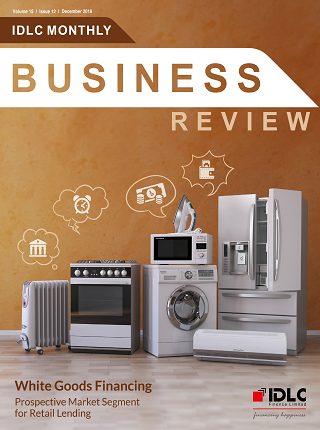Next-Generation Core Banking Platforms: A Golden Ticket?
Fintech has changed the game as far as banking is concerned. Online banks (or neo-banks) are taking over the market, winning larger shares of the market and serving customers at one third the cost of traditional banks. Fintechs are targeting lucrative niches in the value chain. Big tech players, with their large customer bases, pose a real threat and a few incumbents are investing heavily in innovation, putting laggards in the shade. The industry may almost be on the verge of a hostile takeover.
Fintechs are growing their businesses and attracting customers with the help of modern core technology architecture, which enables them to innovate faster and operate more efficiently. This is leaving incumbent banks increasingly concerned about their own limitations, particularly concerning their core architecture and their relatively slow change of pace. According to a McKinsey survey of 37 banking executives in May of 2019, 7 out of 10 banks are reviewing their core banking platforms.
The McKinsey survey identified four key areas in which traditional platforms inhibit performance:
- Cost: Cost is the most important aspect of the industry given the low return on equity (ROE). Yet technical debt in traditional systems consumes large chunks of the IT budget—one mid-sized bank spent two-thirds of its digitization budget on this aspect alone. Clunky traditional systems are associated with manual software delivery and low straight-through-processing rates which keep costs higher than actually needed.
- Time to market: Being able to launch products quickly is a critical competitive differentiator in the current crowded marketplace. Faster product delivery is restricted by the multiple interdependencies, bottlenecks and manual delivery processes in the traditional structure.
- Personalization: Customers in the modern day increasingly expect a personalized experience. But banks often store data in multiple product-aligned core systems, which prevents them from catering to individual needs.
- Ecosystems: Partnerships are becoming critical to creating the products and services of the future. Yet current architectures lack the connectivity to third parties that would enable innovation.
The good news for traditional banks is that the tools are at hand to address these challenges posed to them by the neo-banks. A new generation of cloud-native core banking platforms is emerging, including Mambu, 10X, Thought Machine, and FinXact, alongside offerings from the traditional core platform vendors.
The tools are as such:
- Reduced IT costs: Banks can cut spending through higher developer productivity and removal of technical debt. They can achieve further efficiencies by leveraging cloud-based services.
- Accelerated time to market:Banks can easily and speedily develop new products and services in comparison to neo-banks. Higher levels of standardization make it simpler to leverage modern tools such as automated testing and therefore to implement more frequent deployment cycles.
- Data and a customer-centric proposition:Data capabilities are set to become a critical differentiator. Modern platforms support integrated data sets and a single source of truth. These in turn create the ability to offer personalized experiences in real time and run advanced analytics for sharper decision-making.
- The ability to scale through partnerships and innovate:New platforms enable rapid scaling and less expensive development of ecosystems and ancillary services.

Monthly Business Review - December 2019
According to a study in 2015 by the Boston Consulting Group, the middle and affluent class (MAC), which includes households that earn at least USD 401 (or BDT 34,000) per month or higher, in Bangladesh is expected to grow to 34 million in number by 2025. Which means, in the coming years the demand of the consumer durables will increase significantly.
Question may arise out of all the consumer electronic durables, why only financing of white goods (large machines with an enamel finish; for example: refrigerators, air conditioners, washing machines, microwave ovens etc.) is more focused here. The answer is simple, it’s growing demand. Even a few years ago air conditioners or microwave ovens used to be a sign of luxury but now a days such products can easily be categorized as necessity. One of the reasons behind such rapid growth in usage can be increased purchasing power but the role of nuclear families or working women cannot be denied. Convenience is the biggest selling trait of any product in the modern world.
Although the middle income class has drastically risen in the last decade, people are not comfortable spending large amounts of money at once. India has achieved a praiseworthy expertise in case of white goods financing. 60% of the total sale are now made through specific financing instruments out of which only 12-15% is via credit card. With the blessings of data analytics and alternative credit scoring, India is now capable of analyzing a client’s credit worthiness within few minutes which helps them to cater the growing need efficiently and this is where we have a great scope for improvement. However, to achieve such expertise, the first and foremost requirement is infrastructural development and expertise on data analytics. Moreover, regulatory incentives are also necessary to reach such accomplishment.
Download View